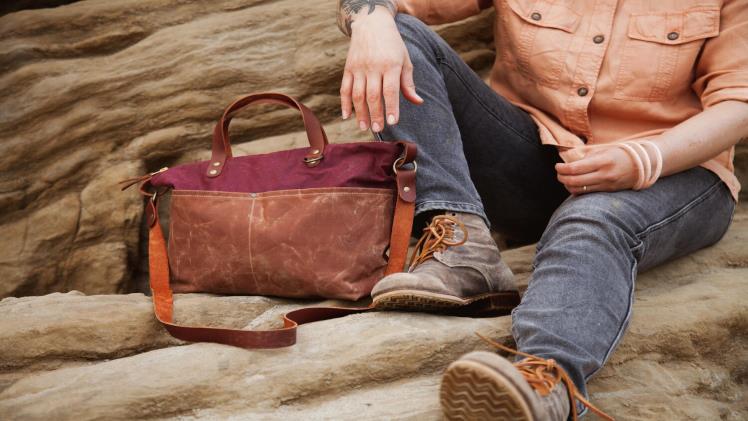Canvas backpacks can get wet, but there are several ways to dry and re-wax them. If your backpack is wet, you can use a hair dryer or waxing spray to remove water and stains. Afterward, you can hang or dry it.
Waterproofing a canvas backpack
Waterproofing a canvas laptop backpack is a good idea if you want to keep the contents dry. You don’t want to risk getting your bag wet, which can damage your valuables. You can waterproof your backpack using various methods, including waterproofing sprays, wax coats, and alum powder. You can also do it yourself if you have the right materials and know how to do it.
A simple way to waterproof a canvas backpack is to apply wax inside the bag. Apply the wax with a hair dryer or a brush. The wax is very effective and will make your canvas backpack water-resistant. Once you’ve applied the wax, you can leave the bag in a warm place to dry. You can repeat the process as needed.
Cleaning a canvas backpack
Whether your canvas backpack gets wet or not, there are some tips you can follow to keep it clean and looking like new. The first step is to empty the contents of your backpack. This will allow you to remove dirt, trash, crumbs, and coins. Then, pull the bag inside out to reveal the lining. Scrub out heavy stains and odors with a cloth and rinse the bag thoroughly.
If the stains are not too severe, you can also clean them gently with a soft brush and water. If the stains are stubborn, you can try a toothbrush to remove them. Another option is to use detergent on a soft-bristled brush.
Re-waxing a canvas backpack
Before re-waxing a canvas backpack, it is important to thoroughly dry the bag. You can use a hair drier to heat the wax before applying it to the fabric. Once the canvas is dry, you can rub the wax into the bag with your hands to ensure a thorough coating. Then, hang the bag somewhere warm to dry for about two days. You may need to re-apply the wax a few times, as needed, to get the best results. Make sure to thoroughly coat all edges and corners.
First, you must warm the wax with a blow dryer. You can do this on the whole bag, or focus on specific areas. While applying the wax, rub the bag with broad strokes to help the wax penetrate the fabric. This will ensure that the wax is evenly distributed.
Using a spray
You can prevent your canvas backpack from getting wet by using a waterproof spray. You must apply several layers of the spray to ensure the best protection. Also, you should allow the spray to dry before you use the backpack in wet weather. If you want a more natural waterproofing solution, you can try turpentine or soybean oil, but keep in mind that these will cause a change in the colour of your backpack.
Another way to waterproof your canvas backpack is by using alum powder. This product can be purchased from a grocery store and can be applied to the canvas. However, you should wear protective gear when applying the powder, as it is toxic.
Using alum powder
One of the best ways to prevent canvas backpacks from getting wet is to treat them with alum powder. An alum powder solution is a mixture that contains alum powder and hot water. It is best to apply this solution to clean fabric. However, if the fabric is already wet, alum powder can strip the waterproof coating.
Another method to prevent canvas backpacks from getting wet is to clean them thoroughly. This is not a difficult process, and only requires a few products and a little time. You can even DIY the process by using alum powder and detergent.
Using a seam sealer
If you want to keep your canvas backpacks dry in rainy weather, use a seam sealant to protect it. A good quality silicone seam sealant will keep water from seeping into the backpack. Apply the sealant to the backpack’s seams and allow it to dry for 24 hours before you start using it. Be careful while applying the sealant around zippers and buckles, as it can be hard to remove once it has dried.
Conclusion
Before applying seam sealant, clean the seams with rubbing alcohol. Next, apply the sealant to the seams, ensuring that it reaches 1/4 inch of the seam. After applying the sealant, wipe off any excess. Be sure not to get the sealant on the zippers and mesh. If you do, you can use painter’s tape to cover them.

